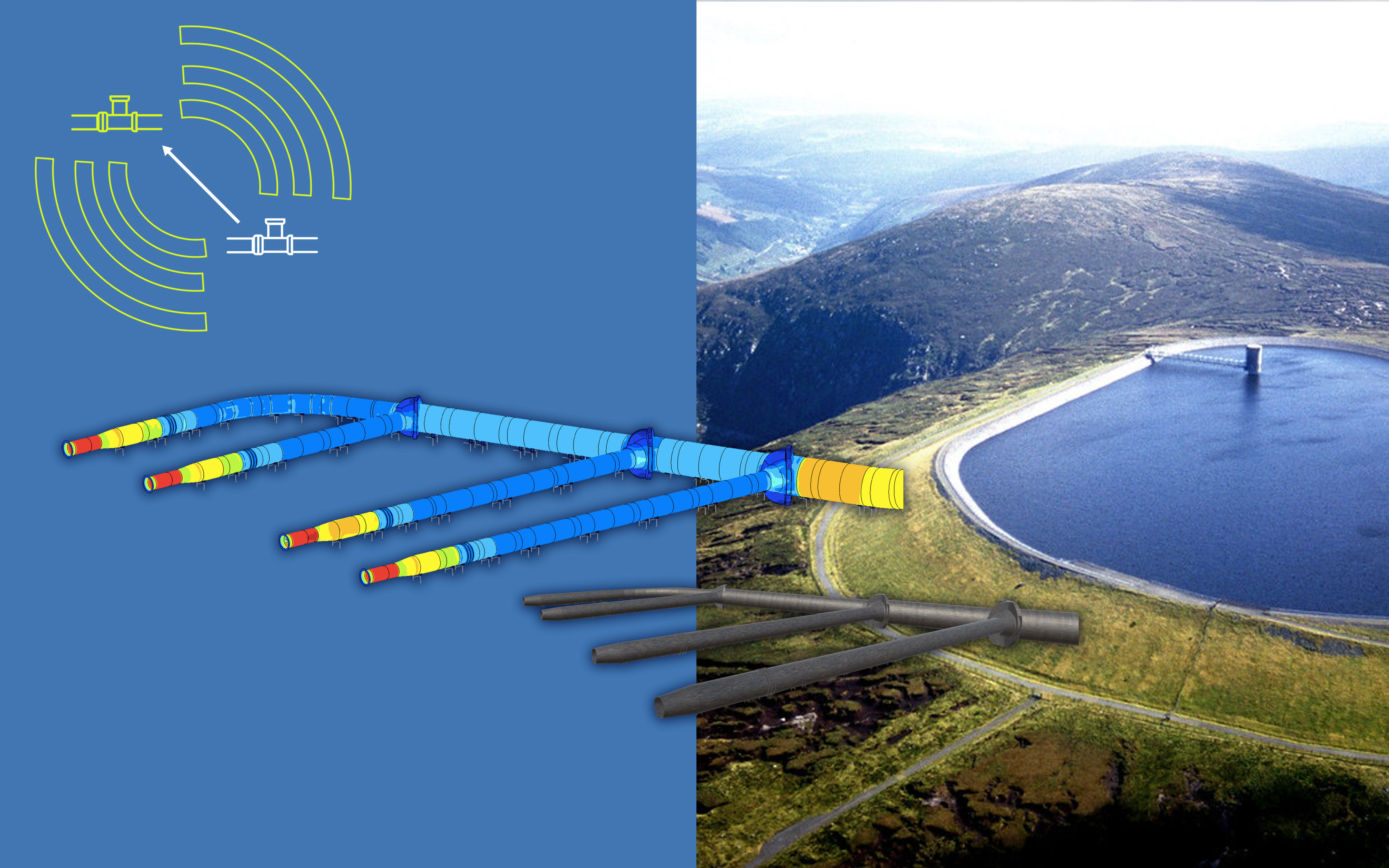747 results found
Featured results



More results
The purpose of this brief note is to set out a checklist of issues which need to be considered when assessing the likely economic impact of regulatory reform.

This report looks into developing policies for Angola in the energy, water, transport and communcations sector in order to enhance the private participation in the rebuilding and development in the countries infrastructure.

This report indicates that although privatization, competitive restructuring, and regulatory reforms improve infrastructure performance, several issues must be considered and conditions met for these measures to achieve their public interest goals.

The International Labour Organization (ILO) has promoted employment-intensive public and community works programmes as a major means of job creation and poverty alleviation in developing countries.






